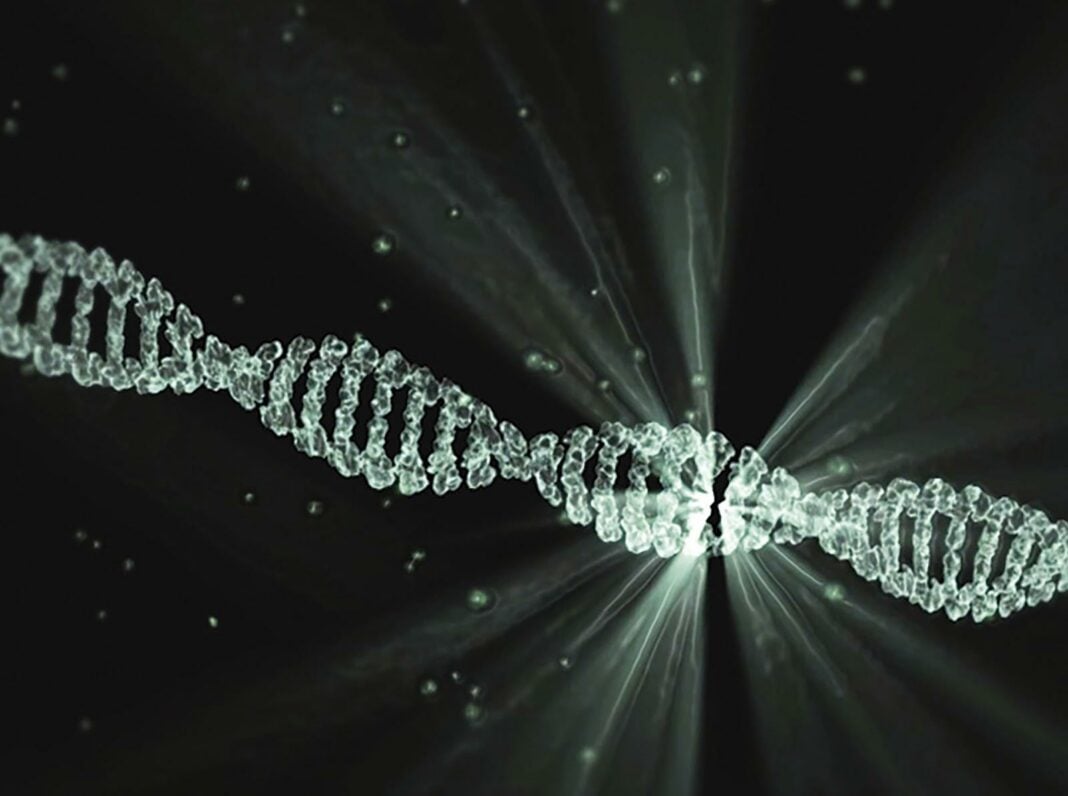CRISPR technology came into existence which has transformed the field of genetics with unprecedented accuracy in editing DNA. Originally derived from bacterial defense, CRISPR-Cas9 is instrumented for highly accurate gene editing, thus allowing for potential cures of genetic disorders. This article elucidates the mechanisms of CRISPR, its medical applications, ethical bridge across using human embryos for research, and prospects of curing diseases at the DNA level.
Understanding CRISPR Technology
CRISPR-Cas9 serves the purpose of making precise alterations in the genome of an organism. The system comprises two major components:
- Guide RNA (gRNA)- A synthetic RNA sequence designed to guide the Cas9 enzyme to bind to a specific sequence of DNA.
- Cas9 Enzyme – A protein that acts like molecular scissors, cutting the DNA at the site that has been assigned to it (Doudna & Charpentier, 2014).
Sometimes, when the cutting of the DNA is done, the natural repair mechanisms of the cell tend to join the sequences or modify them and insert new genetic material. Such capabilities of insertion, deletion, and substitution form the very basis of CRISPR’s therapeutic potential.
Applications in Medicine
CRISPR has enormous potential applications in various medical fields.
1. Genetic Disease Treatment: Many inherited disorders are due to mutations in specific genes. CRISPR is giving such conditions new hope:
- Sickle cell disease (SCD): CRISPR molecular scissors may eventually provide a cure for SCD by replacing the defective HBB gene (Frangoul et al., 2021).
- Cystic Fibrosis: A Cure for the Diseased CFTR Gene through CRISPR Repair (Schwank et al., 2013).
2. Cancer Therapy: Both cancer therapy and CRISPR stand to benefit, with CRISPR capable of:
- Altering immune cells (CAR-T therapy) for better targeting of cancerous cells.
- Disabling oncogenes involved in tumor formation (Liu et al., 2020).
3. Infectious Disease Management: The race to replicate human development abounds with objectives-formulating, editing genetic information, even adjusting events at ordinary human sites (Yin et al., 2017).
The reprogramming of virus is another route taken to combat bacteria that are resistant to antibiotics (Bikard et al., 2014).
Ethical and Safety Considerations
CRISPR may have all the promises in embrace, yet ethical and safety issues arise.
- Off-Target Effects: CRISPR may, sometimes, act in unintended ways, thus giving rise to mutations that are perhaps injurious (Fu et al., 2013).
- Germline Editing: Modifying the embryos can have a lasting impact on the coming times, which can raise ethical questions (Lanphier et al., 2015).
- Equity and Accessibility: High costs and the resulting limited accessibility are some of the challenges facing the adoption of a biomedical technology (Baylis et al., 2020).
Future Prospects
CRISPR keeps on evolving in respect to precision and reducing risks of unwanted effects. Prime editing and base editing, new members to this club, promise gene correction with minimal unwanted cuts (Anzalone et al., 2019). CRISPR is likely to open up new frontiers, enabling gene therapy to be personalized to suit the needs of individual patients.
Conclusion
CRISPR-Cas9 are thus leaps in medical science that could someday cure genetic diseases at their roots. Current challenges in its ethical, safety, and accessibility status, mean good prospects for further advancements point towards a future in which gene editing could be a daily medical practice.
References
- Anzalone, A. V., Randolph, P. B., Davis, J. R., et al. (2019). Search-and-replace genome editing without double-strand breaks or donor DNA. Nature, 576(7785), 149-157. https://doi.org/10.1038/s41586-019-1711-4
- Baylis, F., Munsie, M., Hyun, I., et al. (2020). Human germline and heritable genome editing: The global policy landscape. The CRISPR Journal, 3(5), 365-377. https://doi.org/10.1089/crispr.2020.0082
- Bikard, D., Euler, C. W., Jiang, W., et al. (2014). Exploiting CRISPR-Cas nucleases to produce sequence-specific antimicrobials. Nature Biotechnology, 32(11), 1146-1150. https://doi.org/10.1038/nbt.3043
- Doudna, J. A., & Charpentier, E. (2014). The new frontier of genome engineering with CRISPR-Cas9. Science, 346(6213), 1258096. https://doi.org/10.1126/science.1258096
- Frangoul, H., Altshuler, D., Cappellini, M. D., et al. (2021). CRISPR-Cas9 gene editing for sickle cell disease and β-thalassemia. New England Journal of Medicine, 384(3), 252-260. https://doi.org/10.1056/NEJMoa2031054
- Fu, Y., Foden, J. A., Khayter, C., et al. (2013). High-frequency off-target mutagenesis induced by CRISPR-Cas nucleases in human cells. Nature Biotechnology, 31(9), 822-826. https://doi.org/10.1038/nbt.2623
- Lanphier, E., Urnov, F., Haecker, S. E., et al. (2015). Don’t edit the human germ line. Nature, 519(7544), 410-411. https://doi.org/10.1038/519410a
- Liu, Y., Cao, Z., Wang, Y., et al. (2020). Genome editing for colorectal cancer therapy: Recent advances and future perspectives. Molecular Therapy, 28(6), 1288-1302. https://doi.org/10.1016/j.ymthe.2020.03.006
- Schwank, G., Koo, B. K., Sasselli, V., et al. (2013). Functional repair of CFTR by CRISPR-Cas9 in intestinal stem cell organoids. Cell Stem Cell, 13(6), 653-658. https://doi.org/10.1016/j.stem.2013.11.002
- Yin, C., Zhang, T., Qu, X., et al. (2017). In vivo excision of HIV-1 provirus by saCas9 and multiplex single-guide RNAs in animal models. Molecular Therapy, 25(5), 1168-1186. https://doi.org/10.1016/j.ymthe.2017.03.012











